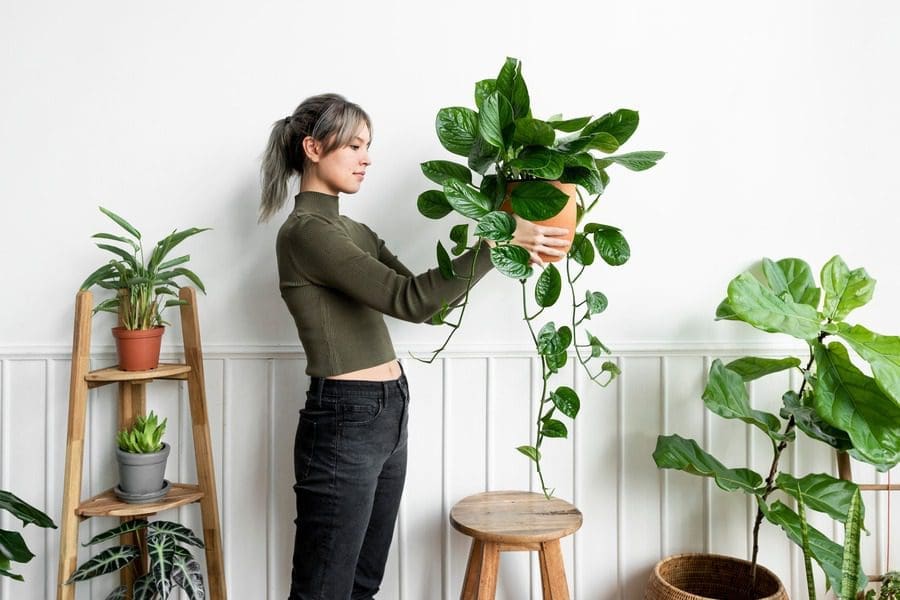In addition to improving our living spaces, bringing nature into our homes promotes our well-being. Today, we are here to give some suggestions for selecting and caring for your houseplants, whether you’re a seasoned plant enthusiast or just getting started on your green adventure!
The Principles of Plant Care
When given proper care, indoor plants flourish, just like any other living thing. Consider these crucial elements to provide your green companions with the best environment possible.
Light
Each plant prefers a particular type of light. Sun-loving plants should be placed next to windows with lots of natural light, while low-light aficionados like peace lilies can thrive in more shaded areas.
Watering
Instead of following a strict timetable, inspect the soil around your plants frequently. It’s usually time to water them when the top inches feel dry. Use room temperature water; don’t leave standing water for your plants.
Humidity
If you live in a dry area, you might want to occasionally spritz the leaves of your plants or put a tray of water close to them to increase the humidity.
Temperature
Most indoor plants enjoy temperatures between 65-75° F. During winter, keep them away from drafty places and chilly windows.
Finding the Right Match
Before you saturate your home with plants, it’s important to assess your lifestyle and environment.
Different houseplants demand different levels of humidity, water, and light, so you must ensure you can devote time and have the appropriate conditions for your plants to grow. Below, we’ve listed some common houseplants and their unique care requirements.
Monstera Deliciosa

- Light: Monstera deliciosa, also known as the Swiss cheese plant, requires vivid, directional light. Avoid placing it directly in the sun.
- Watering: When watering, wait until the top inch of soil has dried. To avoid waterlogging, ensure appropriate drainage.
- Maintenance: Mist the leaves every so often to keep the humidity up. Wipe the leaves with a moist cloth to keep them shiny and dust-free.
Orchids
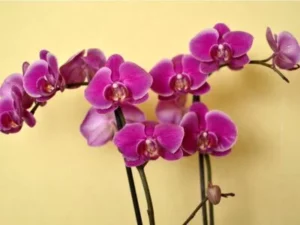
- Light: Place orchids near an east- or south-facing window for bright, filtered light.
- Watering: Water orchids sparingly, once a week at most. Between waterings, allow the potting medium to dry out.
- Maintenance: Repot your orchid every 1-2 years to give it fresh nutrients and more room to flourish. Use a balanced orchid fertilizer.
Spider Plants
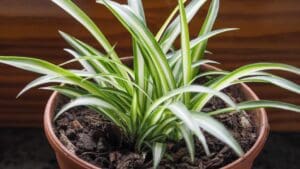
- Light: Spider plants grow best under moderate to bright indirect light. They can stand a little shade.
- Watering: Make sure the soil is consistently moist but not soggy. Winter irrigation should be minimized.
- Maintenance: Spider plants work wonders as air filters. Regularly prune the plant and grow new plants from the “spiderettes” you produce.
Sansevieria Trifasciata
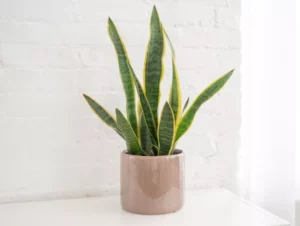
- Light: Sansevieria trifasciata, also known as the snake plant, prefers low to high levels of indirect light and can tolerate dark areas.
- Watering: Wait until the soil is completely dry before watering again. Root rot can result from overwatering.
- Maintenance: Snake places are tough plants that efficiently purify the interior air. They are ideal for novices or busy families.
Fiddle Leaf Figs

- Lighting: Fiddle leaf figs can be more challenging to care for than the other plants on this list. They require strong, filtered lighting and don’t do well with abrupt lighting changes.
- Watering: When the top inch of soil is dry, water. Avoid overwatering to avoid root problems.
- Maintenance: Wipe the leaves frequently to keep them clean and shiny. Prune them to manage shape and size.
Calatheas
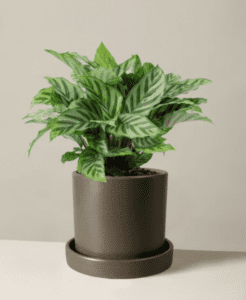
- Light: Calatheas prefer indirect light of medium to low intensity. To avoid leaf burn, keep them out of the sun.
- Watering: Maintain constant moisture in the soil but not a puddle. Mist the leaves to raise the humidity.
- Maintenance: Calathea plants are renowned for their eye-catching patterns and vivid colors, but they can be delicate to changes in temperature and water quality.
Taking Care of Plant Issues
Even the most seasoned plant parents run into difficulties. Do not worry! Here are some typical problems and solutions.
- Yellow Leaves: Excessive watering or inadequate drainage may cause yellow leaves. Change how often you water, and ensure your pot has drainage holes.
- Brown Tips: Brown tips could be caused by dry air or too much fertilizer. To combat this, mist your plants frequently and use less fertilizer.
- Pests: Insects can occasionally sneak into your lush retreat. Watch for trespassers and use natural solutions like neem oil to ward them off.
- Wilting: Your plant may need to be replanted if it is wilting despite receiving enough water.

